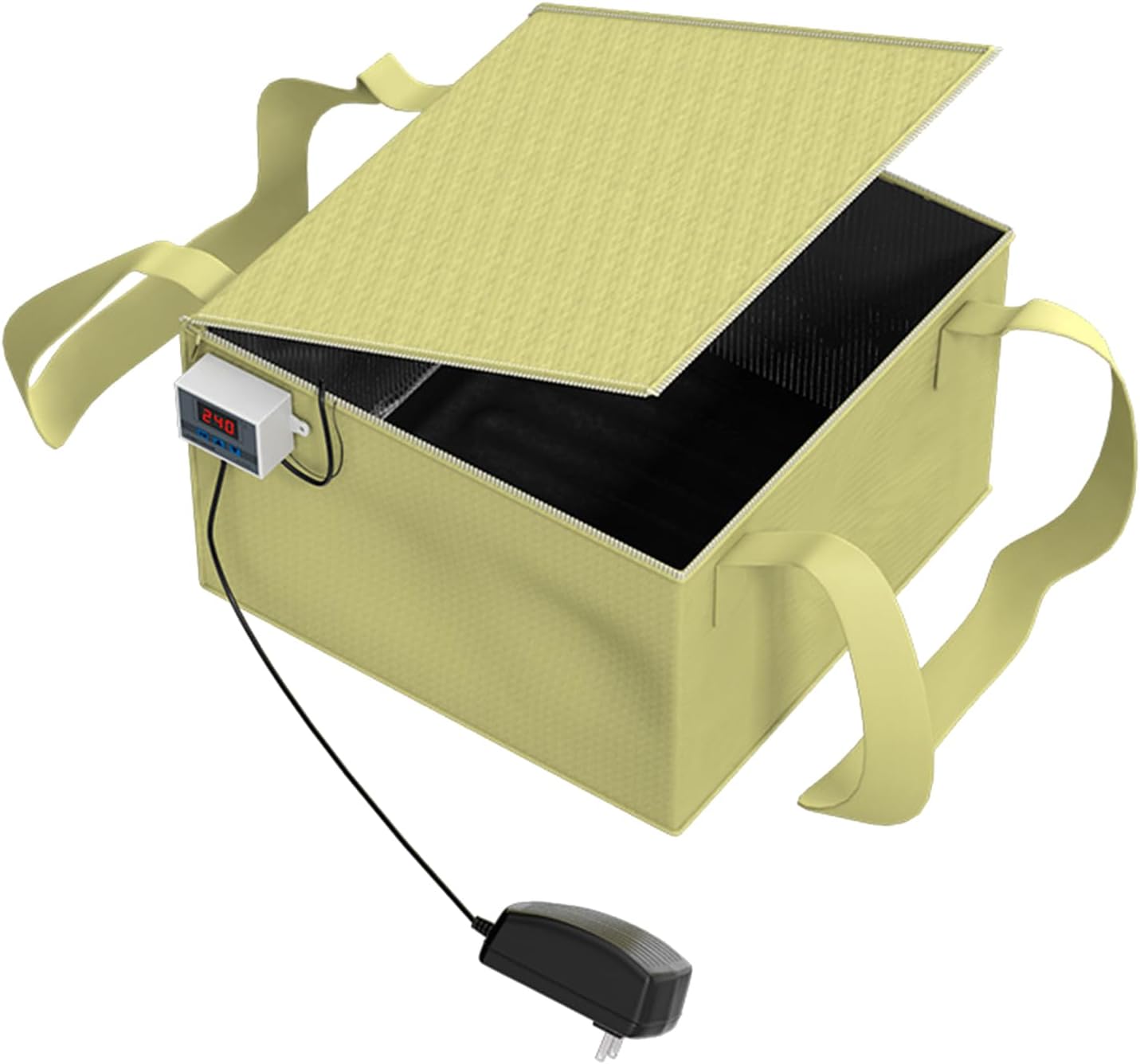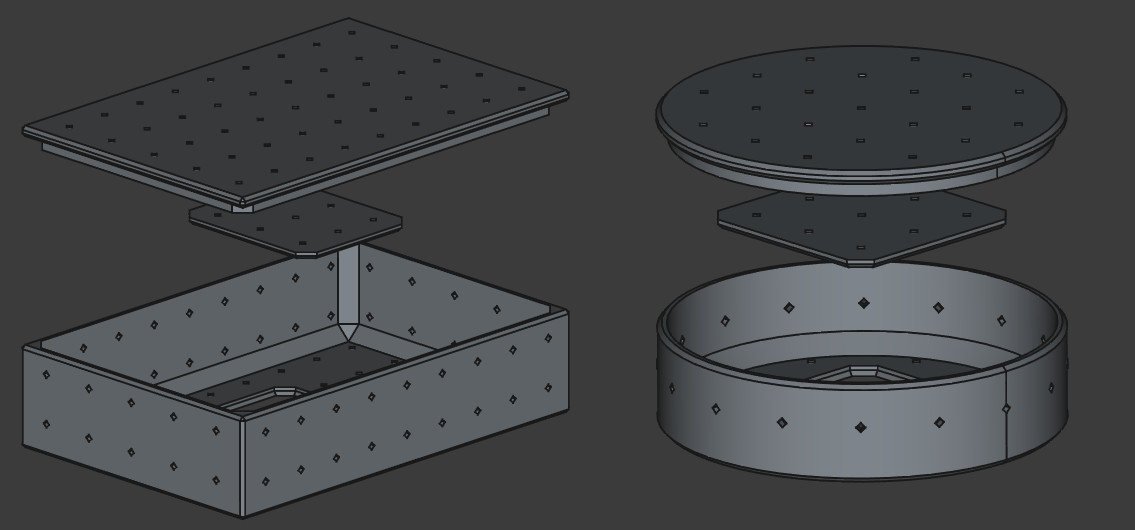Elis Tempeh v1.0
Tempeh. Ever heard of it? It’s a traditional Indonesian food made from fermented soybeans. Packed with protein and a unique nutty flavor, tempeh is a fantastic meat substitute for vegans and vegetarians alike.
In this post, I’ll guide you through what tempeh is, how to make it at home, and tackle some of the common challenges, like maintaining the right fermentation temperature. So, if you’ve ever thought about giving tempeh-making a try, let’s dive in!
What is Tempeh?
Tempeh is made by fermenting beans with a fungal culture called Rhizopus oligosporus. As the fungus grows, it binds the beans into a firm cake, which can be sliced, marinated, and cooked in countless ways.
The process is straightforward in theory: soak, cook, and ferment the beans. However, keeping the temperature stable during fermentation can be tricky. But don’t worry, I’ll share my solutions below!
Make sure to be ready to tackle The Temperature Problem and get creative with Molds and Shapes for your tempeh.
How to Make Tempeh
Ingredients
-
500g dried, dehulled soybeans (Other beans work too, dehulled and split lupin beans are a great alternative!)
Source: Mellins 🇸🇪
-
5ml (1 tsp) tempeh starter
Source: Humlegårdens Ekolager 🇸🇪
-
75ml (5 tbsp) apple cider vinegar
Instructions
1. Prepare the Beans
- Soak the beans in water for at least 8 hours or overnight.
- Rinse them thoroughly with fresh water.
- Boil the beans over low heat for 40–45 minutes, until soft but not mushy.
2. Dry and Cool the Beans
- Drain the beans well, then return them to the pot. Heat gently to remove excess water without burning them.
- Mix in the apple cider vinegar.
- Spread the beans out on a baking tray to cool to below 30°C (86°F).
3. Add the Starter
- Once cooled, mix in the tempeh starter evenly.
4. Shape the Tempeh
- Pack the beans into molds or shapes of your choice. (See Molds and Shapes for ideas.)
5. Ferment
- Place the molds in a heating box or other temperature-controlled environment. Elevate the molds slightly to allow airflow.
- Check the tempeh after 20 hours—it should start to develop white mold. Allow it to ferment for another 10–15 hours.
💡 Note: Small traces of black mold are normal and not harmful.
Troubleshooting & Tips
The Temperature Problem
Maintaining the right temperature (30–31°C / 86–88°F) during fermentation can be tricky. I tried building a DIY heating box, but it was unreliable. Eventually, I discovered a “bread proofer box,” which works perfectly.
Here’s how I use mine:
- Start Temp (P0): 29.5°C (85.1°F)
- Stop Temp (P1): 31°C (87.8°F)
- Calibration (P2) and Delay-Start (P3): Both set to 0.
When placing the tempeh in the box, I add chopsticks beneath the molds to ensure even heat distribution. I also position the temperature probe near the heating mat.
 Bread Proofer Box from Amazon
Bread Proofer Box from Amazon
Molds and Shapes
Traditionally, tempeh is wrapped in banana leaves, but these aren’t easily available in my area. Instead, I use two methods:
-
Perforated Zip-lock Bags
- Create evenly spaced holes with a fork or toothpick.
-
3D-Printed Molds
- I designed and printed custom molds for different tempeh shapes. 3D model designs.
- These aren’t food-safe but work well for personal use. If you try this, use your own judgment.

For inspiration, check out this Wikifactory collection.
Final Thoughts
Making tempeh at home is rewarding, nutritious, and surprisingly fun once you’ve got the process down. Whether you’re experimenting with different beans or troubleshooting temperature issues, the journey is worth it.
If you have any questions, feel free to leave a comment below. Happy fermenting!
